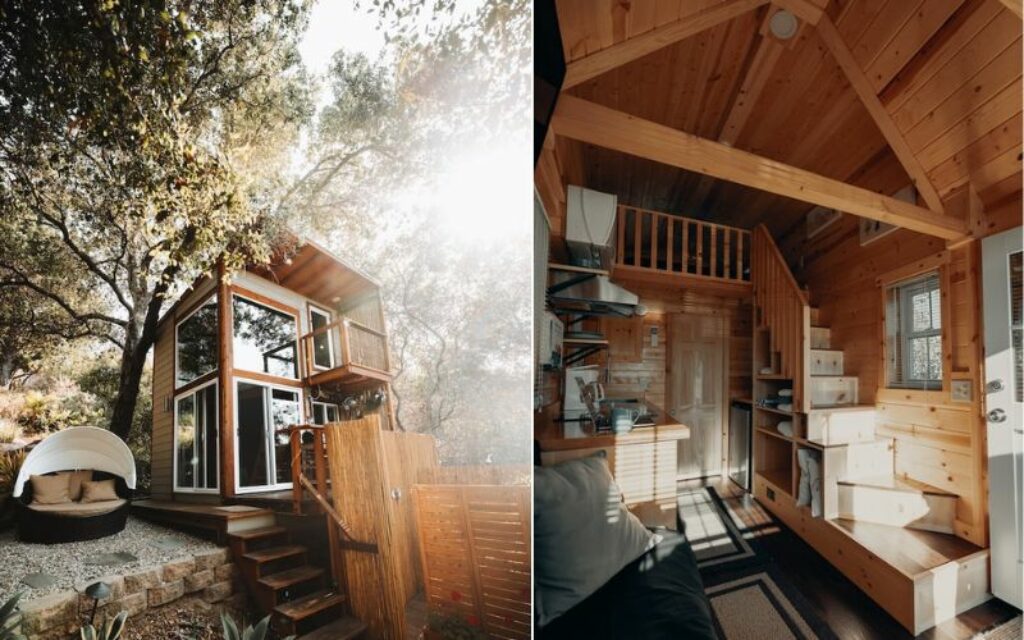Even if you live in a tiny house, there will still be maintenance tasks that you’ll have to perform on a regular basis. By downsizing your home, you also downsize your maintenance requirements, but they’re still there.
If you’re looking to cut your maintenance duties even further, the experts at Bernardi Building Supply recommend you choose to build your tiny house of these low-maintenance materials.

Wood for the Structure
You can’t go wrong with a wooden structure for your tiny house. It is durable, readily available, and customizable, especially since it can be cut into any shape necessary to meet your design needs. If you need to be able to move your tiny house, wood is lightweight enough to make that a fairly easy process.
It’s strong and will withstand the high winds associated with traveling with your tiny home. Since a wooden structure is not exposed to the elements as much as the siding will be, wood makes the best sense for a tiny home.
Aluminum Siding
The siding of your tiny home must stand up to various weather elements and to high winds if your house is on a trailer and you move frequently. Aluminum is a consensus top choice for siding because it is durable and does not wear down in the face of rain, wind, or snow.
It can get damaged by hail, but in terms of the weather you’re most likely to encounter, aluminum is going to be your best bet. And once it’s installed, there’s very little maintenance required beyond a quick wash down every once in a while.
Also Read: How To Choose A Good Siding Contractor?
Wood or Metal Interior Walls
Using wood slat or sheet paneling for interior walls will minimize your maintenance tasks because they are both durable and easy to clean. However, metal walls are better in locations that do not get a lot of moisture because wood can warp if exposed to water for too long.
Metal might not be the coziest material around, but it does make for a lower maintenance option. Wood is traditionally more comfortable, but it can be harder to maintain in areas that get a lot of rain or snow.
Closed-Cell Spray Foam Insulation
Many tiny home owners use spray foam insulation because it is superior for heat transfer. No matter where your tiny house is located, spray foam will keep it warm in the winter and cool in the summer.
Plus, it is water resistant, so it guards against mold, a great benefit if you live in a humid area or in a climate that gets a lot of rain or snow.
Metal For Roofs
Almost all experts recommend metal for a tiny house’s roof because of its durability and ease of maintenance. Plus, the metal roofs of today are much more attractive than they used to be. You don’t have to get a silver roof if you would prefer a green or blue one.
Make sure you put a waterproof lining down before your metal roof is installed to keep water out of your house, but once the metal roof is on, it will last for decades.
Conclusion
You want your tiny house to meet all of your needs, including your desire for low maintenance tasks. These materials will ensure you can spend most of your time with your tiny house enjoying it instead of maintaining it.